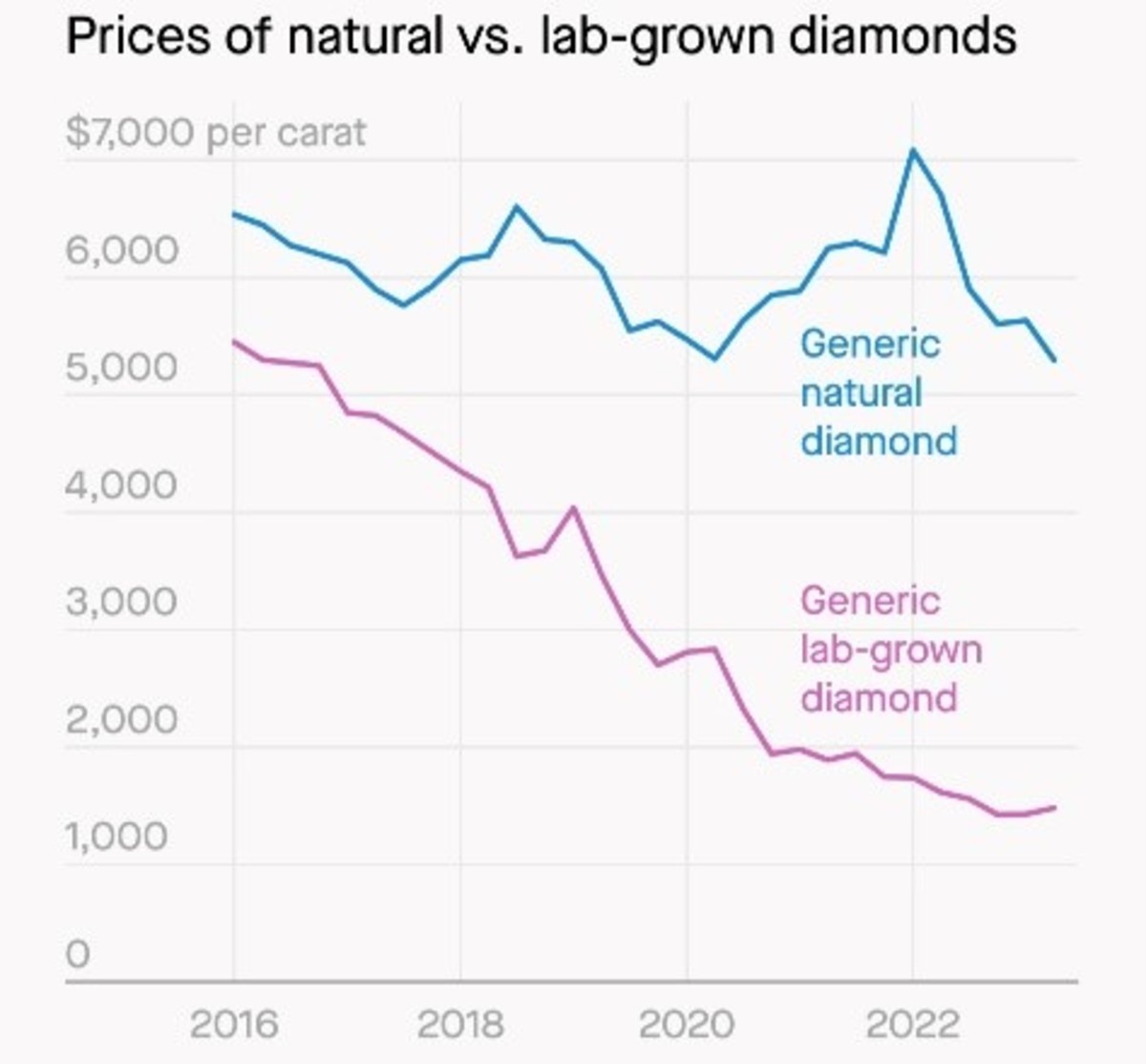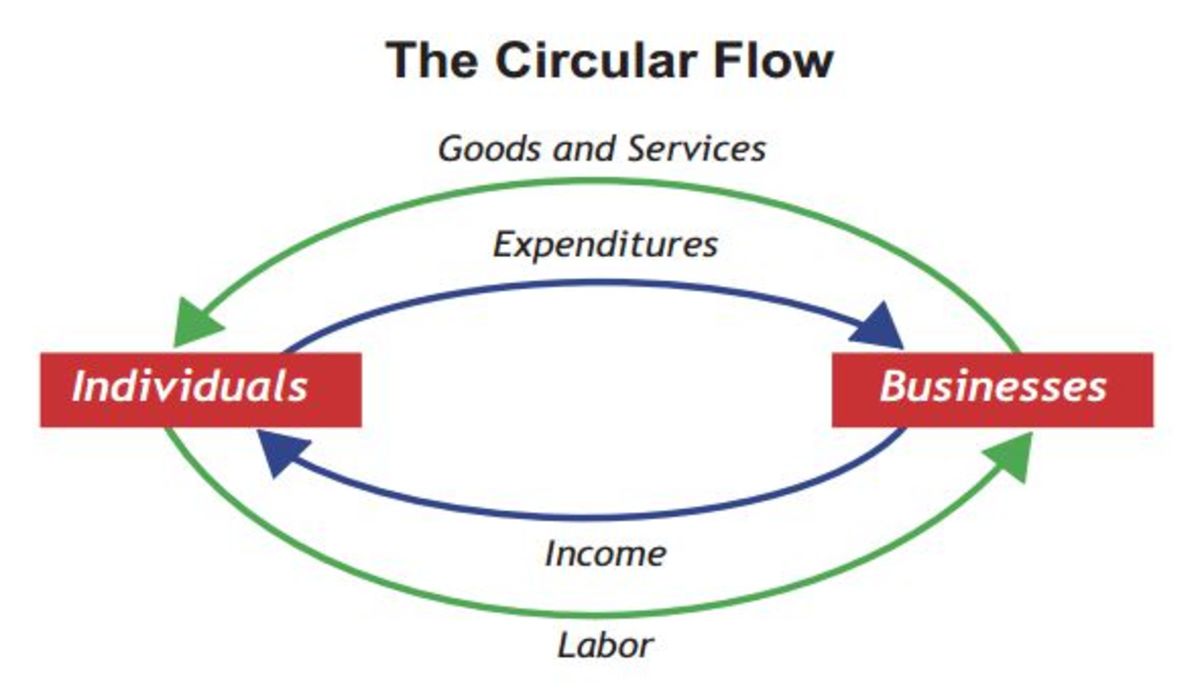Progression of a News Story

When traders and investors are asked to define what markets are, somewhere in the definition beneath the fundamentals explanations about supply and demand, there needs to be included the fact that markets are ultimately a reflection of human behavior. Namely, the human behavior of decision making. When a trader analyzes a price chart for a stock and sees a very recognizable upward trend, the obvious technical conclusion is the there is currently more demand than there is supply for the particular stock. The inverse is true for a very recognizable upward trend. For the trader that draws these conclusions from analyzing a price chart, a positive market sentiment may be drawn from the former conclusion, and a negative market sentiment may be drawn from the latter. The trend then becomes a “self-fulfilling prophecy” in which positive market sentiment fosters and increase in demand, or negative market sentiment fosters and decrease in demand, causing the trends to feed on themselves. The savvier trader will take the analysis a step further and attempt to determine what is the underlying cause of the trend. These traders understand that whether market sentiment is derived from supply and demand, or supply and demand are derived from market sentiment depends on how and when news information that prompts trading decisions by traders is processed.
News stories about markets follow typical progressions through their life cycles. A story originates when an unforeseen accident, or natural disaster occurs, or when someone (a human) performs an action, or makes a decision that has an immediate or future consequence effecting a market. The first two happen spontaneously and the effects are immediate. However, the third type (human behavior) follows a different path. When a person performs and action, either intentional or unintentional that has a potential news worthy consequence that will have an effect on the price of a stock, it isn’t really “news” until the effect on the stock price takes place. Some circumstances warrant immediate announcements, resulting in immediate price movements. But for the most part, corporations control their information very carefully. Until the story is announced, or the story breaks in the mainstream media, the story is only “information,” and only a limited number of people are privy to it. The consequences of the action or decision remains localized with the corporation. As the consequences begin to expand in the form of apparent changes by the corporation, and more people begin to take notice, chatter will begin to emerge in the form of employees speaking amongst themselves via social media. This is often referred to as the “Rumor Mill,” and takes on a life of its own.
At this point reports from small local media outlets may become interested, but mass dissemination of the story has yet to take place. And then it happens, and with today’s technology it happens very quickly. The story goes viral on the internet, and then gets into the mainstream and is broadcasted by the mass media. But not before a significant market move has taken place as a result of a shakeout from traders reacting to the story. The self-fulfilling prophecy described earlier then begins to take shape, until the market begins to stabilize. A few days later, follow-up news is then disseminated and the “late-comer” traders adjust their trading accordingly.
The purpose for the above description of the news story cycle is to illustrate that in the early stage of the cycle, supply and demand, or the desire to acquire or dispose of a stock, is driven by sentiment, that is whether the information or rumor that is still localized is positive or negative. At this juncture in the cycle, proactive market action is still possible, and a degree of control is still present. Once the news story hits the mainstream media and the masses are informed, and the resulting market price adjustment takes place, sentiment is then driven by supply and demand. Trading becomes reactive and control is lost.
The savvy trader mentioned earlier is the trader that wants to be the first to obtain the news information and act proactively, and therefore maintain control. To do so, a real-time news platform with early detection technology and sentiment metrics, such as the platform provided by Accern, is absolutely critical to being informed early about news stories that have the potential to significantly move the markets.
Upcoming articles will explore the early detection technology and sentiment metrics that have been developed by Accern.








